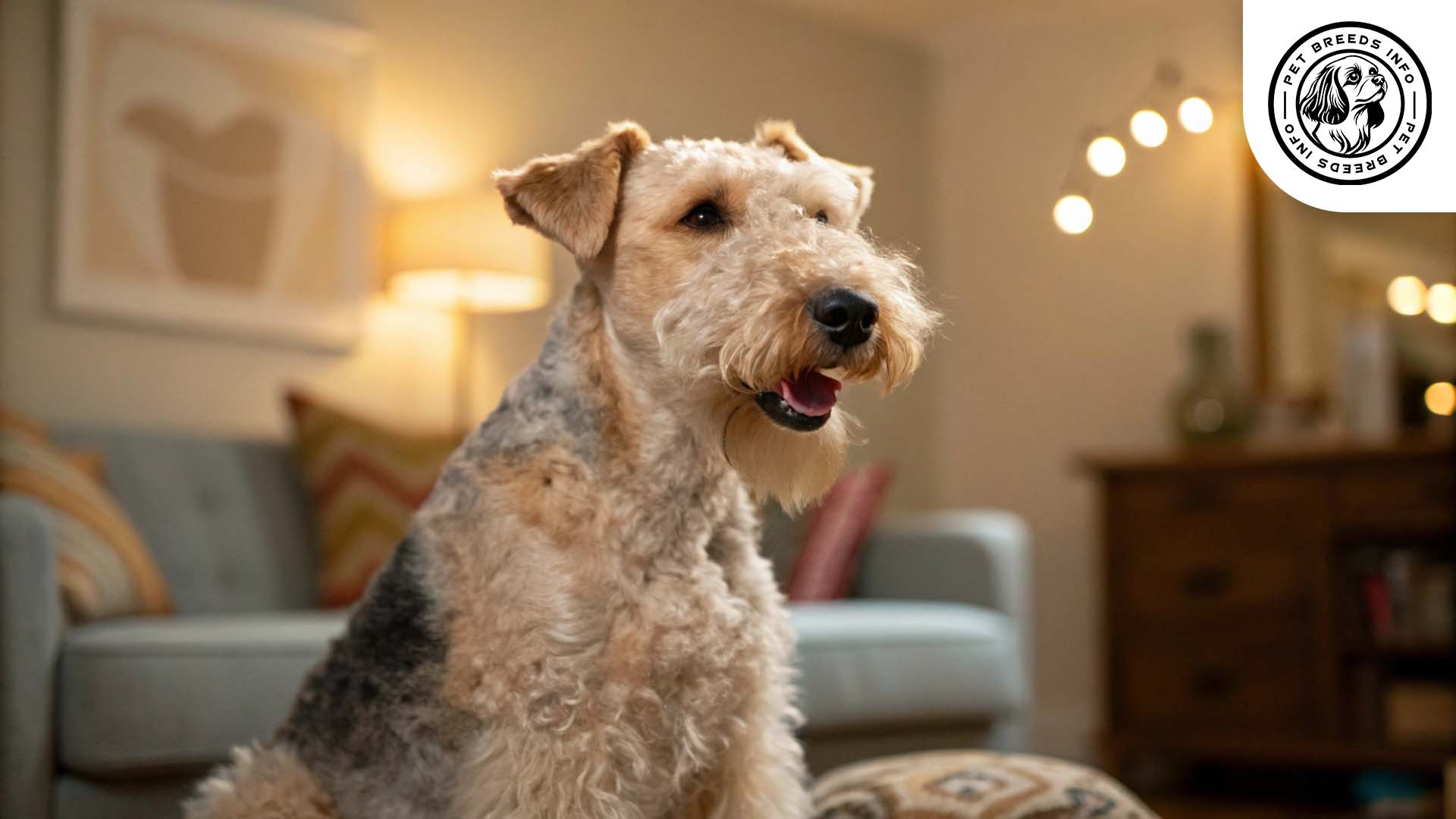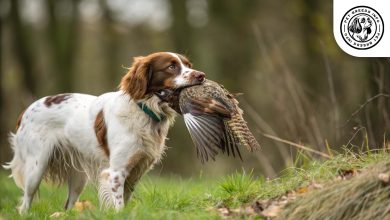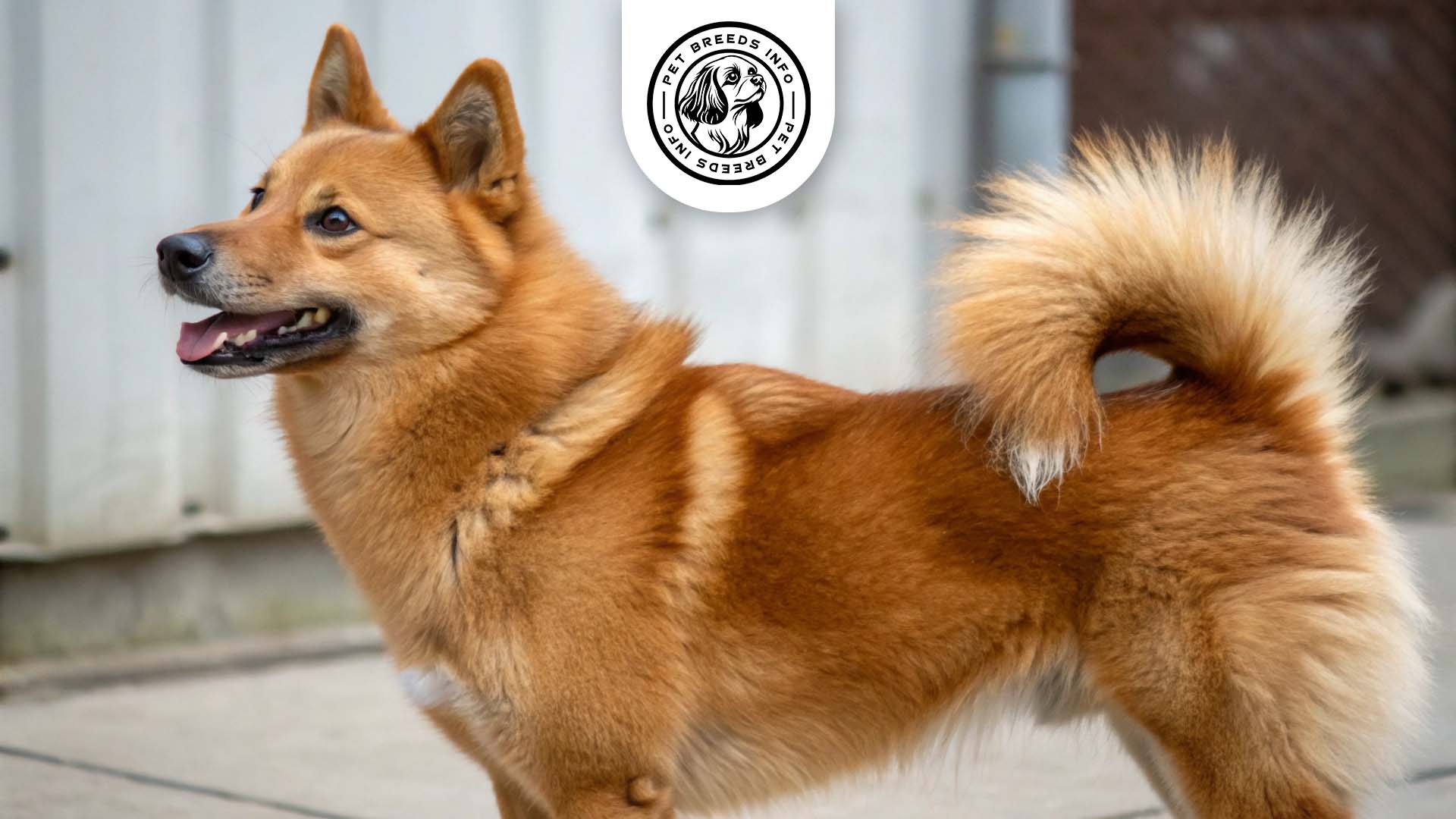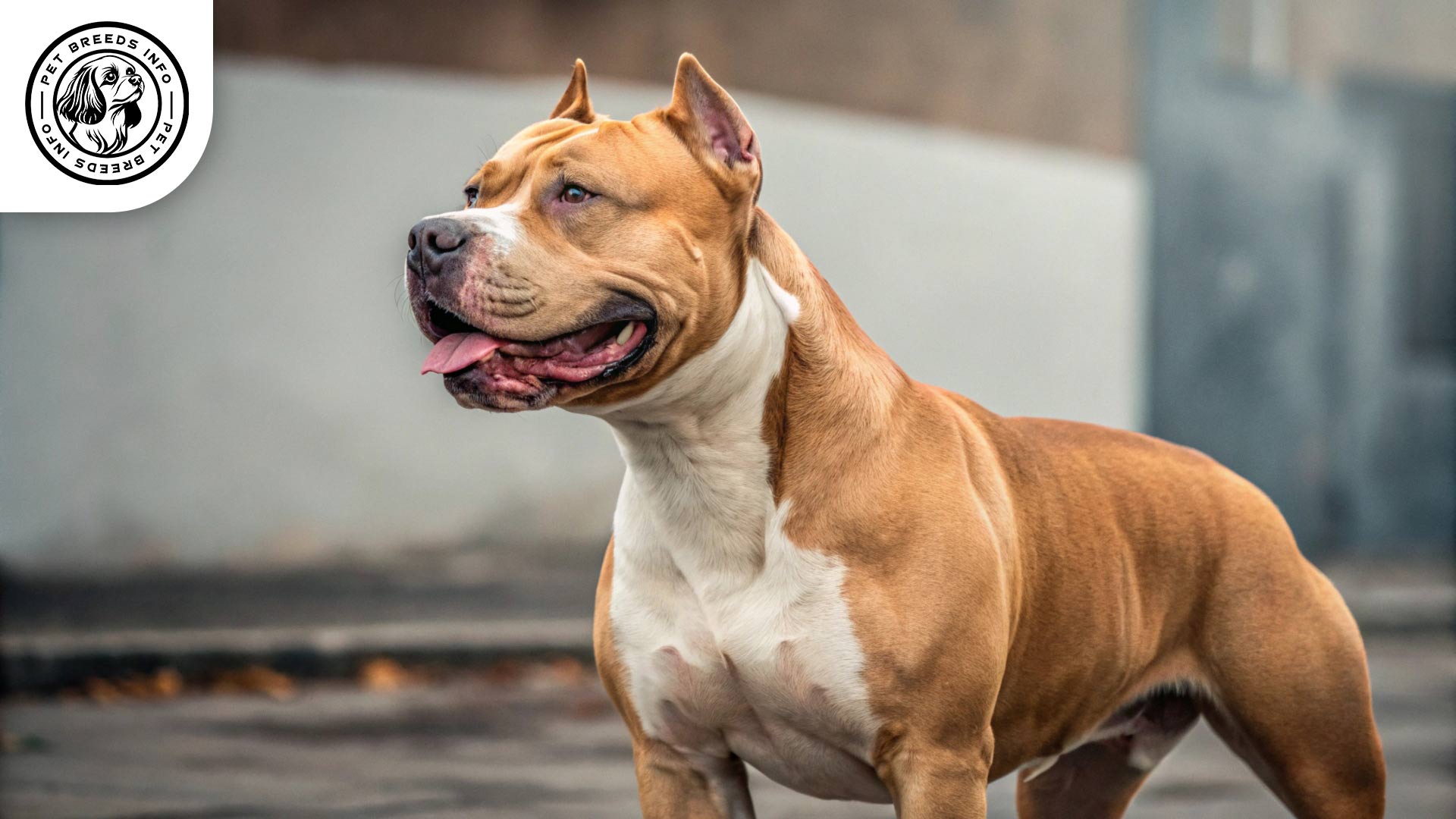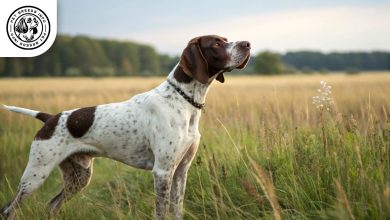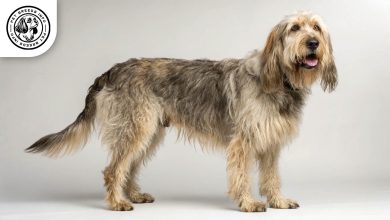Lakeland Terrier Dog Breed : Size, Price & Personality
General Introduction of the Breed
The Lakeland Terrier is a small, energetic dog breed originally from England. It is named after the Lake District in England, where it was first developed. This breed is also sometimes referred to simply as the “Lakie.”
Originally bred for hunting foxes and other small prey, the Lakeland Terrier is known for its bravery, intelligence, and tenacity. It was developed in the 19th century and has since become a popular companion and show dog.
Table of Contents
| Weight | Around 17 lbs (7.7 kg) |
| Lifespan | 12-16 years |
| Diet | High-quality kibble, wet food, or raw diet; portion-controlled meals |
| Care | Requires daily exercise, socialization, grooming, and hygiene maintenance |
| Health | Prone to patellar luxation, lens luxation, and skin allergies |
| Color | Black, black & tan, blue, blue & tan, liver, red, wheat |
| Nature | Brave, intelligent, energetic, independent, and affectionate |
| Price | $1,500 – $3,000 (depending on breeder and pedigree) |
Physical Characteristics
The Lakeland Terrier is a small but sturdy breed characterized by its compact frame and medium-length legs. Males typically stand between 14 to 15 inches (36 to 38 cm) in height and weigh around 17 pounds (7.7 kg), while females are slightly smaller.
The breed has a dense, wiry double coat that provides excellent protection against harsh weather. Coat colors include black, black and tan, blue, blue and tan, liver, red, and wheat. Some may also have saddle markings on their back.
The eyes are small, oval-shaped, and dark brown in color, giving them an alert and intelligent expression. Their ears are V-shaped, folding forward, and their tail is traditionally docked in countries where docking is permitted, otherwise left natural with a slight curve.
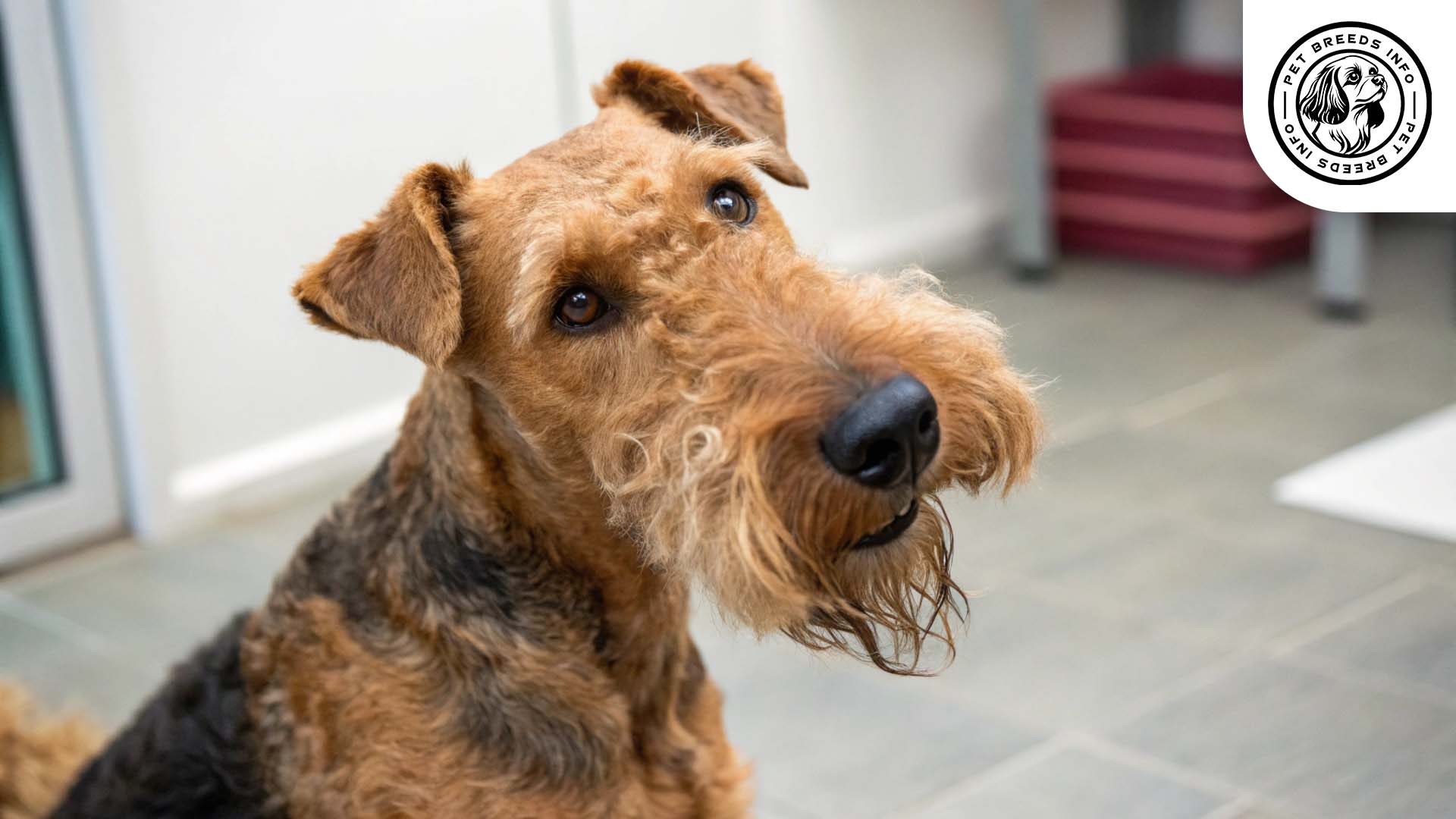
Personality and Temperament
The Lakeland Terrier is intelligent, highly energetic, and independent. It is a quick learner but requires consistent training to ensure good behavior.
With a strong hunting instinct, this breed enjoys chasing small animals, making recall training essential. Though playful and affectionate with its family, it can be reserved around strangers.
This breed forms strong bonds with its owners and thrives on companionship. It is well-suited for families with children but may require supervision around other pets due to its strong prey drive. It has a high energy level and enjoys activities like running, hiking, and dog sports.
While generally confident, the Lakeland Terrier can be sensitive to environmental changes. Proper socialization can help ensure a well-adjusted temperament.
Read More: Karelian Bear Dog
Care and Maintenance Requirements
The Lakeland Terrier requires a significant amount of exercise, ideally around 1 to 2 hours per day. Daily walks, playtime, and mental stimulation are essential to keep this energetic breed happy.
While they can adapt to apartment living, they do best in homes with access to a secure yard. They may become bored and destructive if left alone for long periods.
The coat requires regular grooming to prevent matting. Brushing two to three times a week and hand-stripping the coat every few months help maintain its signature texture. The breed is low-shedding but requires professional grooming.
This breed is relatively tolerant of different weather conditions but should be protected from extreme heat or cold.
Basic hygiene includes regular nail trimming, ear cleaning, and dental care. Bathing should be done only when necessary to prevent skin irritation.
Diet and Nutrition
The Lakeland Terrier thrives on a high-quality diet, whether it is dry kibble, wet food, or a raw diet. A diet rich in protein and healthy fats is ideal for maintaining their active lifestyle.
Owners should ensure that food portions are controlled, with two meals per day being the recommended feeding schedule. Treats should be given in moderation to avoid obesity.
Foods to avoid include chocolate, grapes, onions, garlic, and overly fatty or processed human foods.

Health and Common Medical Issues
While generally a healthy breed, the Lakeland Terrier is prone to certain genetic conditions, including patellar luxation, lens luxation, and skin allergies. Regular vet checkups are important to monitor for any health concerns.
The breed has a life expectancy of around 12 to 16 years. Routine vaccinations, parasite control, and dental care can help extend their lifespan while ensuring a high quality of life.

Training and Behavior Management
The Lakeland Terrier is intelligent but can be stubborn, making training a challenge for inexperienced owners. Positive reinforcement and consistency are key to effective training.
Read More: Irish Water Spaniel Dog
Early socialization and puppy training classes can help prevent behavioral issues like excessive barking or aggression toward other animals. Crate training and leash training are also important, especially due to their high prey drive.
Reward-based training works best, as harsh corrections may lead to resistance or anxiety.
Interaction with Other Animals and Humans
The Lakeland Terrier is excellent with children when properly socialized but may be best suited for families with older kids who understand how to interact with small dogs.
While they can coexist with other dogs, they may exhibit dominance traits, especially around other terriers. Their prey drive makes them less ideal for homes with small pets like rabbits or hamsters.
This breed forms a strong attachment to its owner but is also independent, meaning it can tolerate short periods of alone time better than some other breeds.
Price and Availability
The cost of a Lakeland Terrier puppy typically ranges from $1,500 to $3,000, depending on the breeder, pedigree, and location.
Adopting from a rescue or shelter is an option, with adoption fees ranging from $200 to $500.
Potential owners should seek reputable breeders who perform health screenings and follow ethical breeding practices. Rescue organizations dedicated to terriers may also have available dogs for adoption.
Conclusion and Final Thoughts
The Lakeland Terrier is a lively, intelligent breed best suited for active owners who can meet its exercise and training needs. It is a great companion for families, individuals, or experienced dog owners who enjoy an energetic and affectionate dog.
While they require moderate grooming and ongoing training, their playful and loyal nature makes them a wonderful addition to the right home. Potential owners should consider their energy levels, socialization needs, and prey drive before deciding on this breed.
Read More: Kuvasz Dog
If you are looking for a small but spirited dog with a bold personality, the Lakeland Terrier could be the perfect choice for you.
FAQ
Is the Lakeland Terrier a good family pet?
Yes, they are affectionate and playful, but they need socialization and supervision around small pets.
Does the Lakeland Terrier require a lot of grooming?
Yes, their wiry coat requires brushing 2-3 times a week and hand-stripping every few months.
Are Lakeland Terriers easy to train?
They are intelligent but stubborn; consistent, reward-based training works best.
Can a Lakeland Terrier live in an apartment?
Yes, but they need daily exercise and mental stimulation to prevent boredom.
Is the Lakeland Terrier good with other pets?
They can get along with other dogs but may not be ideal for homes with small pets due to their prey drive.
